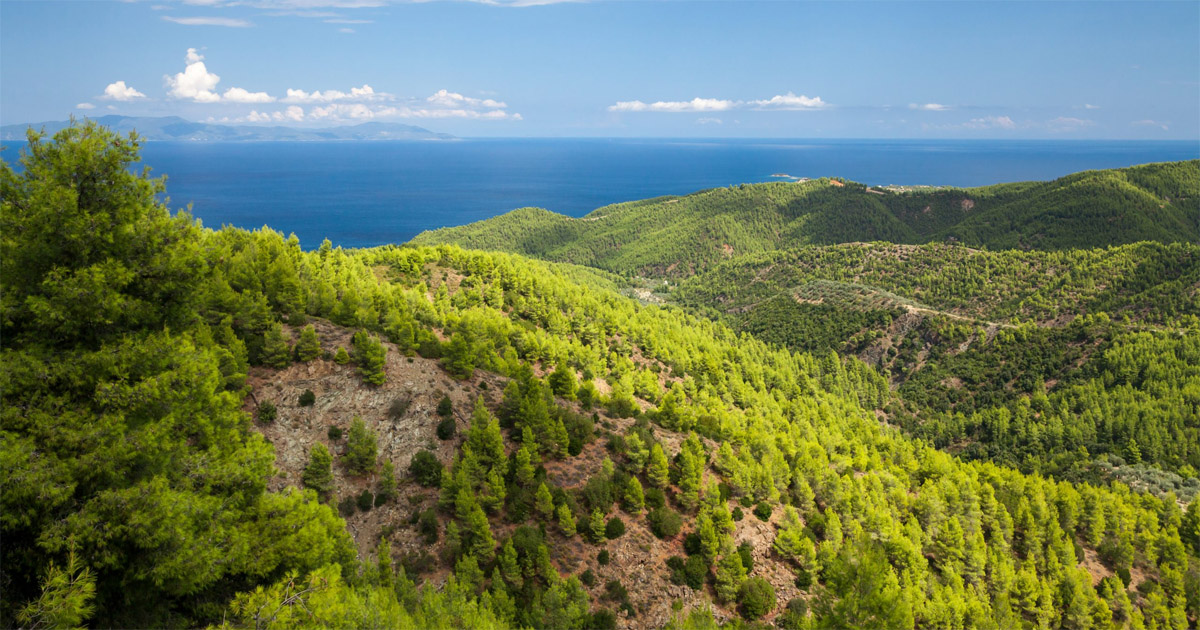Download:
DOI:
https://doi.org/10.1073/pnas.1714977115Score Altmetric:
Dimensions Nombre de citations:
Année de publication
2018
Auteurs
Slik, J.W.F.; Franklin, J.; Arroyo-Rodríguez, V.; Field, R.; Aguilar, S.; Aguirre, N.; Ahumada, J.; Aiba, S-I.; Alves, L.F.; Anitha, K.; Avella, A.; Mora, F.; Aymard C.G.A.; Báez, S.; Balvanera, P.; Bastian, M.L.; Bastin, J-F; Bellingham, P.J.; van den Berg, E.; da Conceição Bispo, P.; Boeckx, P.; Boehning-Gaese, K.; Bongers, F.; Boyle, B.; Brambach, F.; Brearley, F.Q.; Brown, S.; Chai, S-L.; Chazdon, R.L.; Chen, S.; Chhang, P.; Chuyong, G.; Ewango, C.; Coronado, I.M.; Cristóbal-Azkarate, J.; Culmsee, H.; Damas, K.; Dattaraja, H.S.; Davidar, P.; DeWalt, S.J.; Din, H.; Drake, D.R.; Duque, A.; Durigan, G.; Eichhorn, K.; Eler, E.S.; Enoki, T.; Ensslin, A.; Fandohan, A.B.; Farwig, N.; Feeley, K.J.; Fischer, M.; Forshed, O.; Garcia, Q.S.; Garkoti, S.C.; Gillespie, T.W.; Gillet, J-F.; Gonmadje, C.; Granzow-de la Cerda, I.; Griffith, D.M.; Grogan, J.; Hakeem, K.R.; Harris, D.j.; Harrison, R.D.; Hector, A.; Hemp, A.; Homeier, J.; Hussain, M.S.; Ibarra-Manríquez, G.; Hanum, I.F.; Imai, N.; Jansen, P.A.; Joly, C.A.; Joseph, S.; Kartawinata, K.; Kearsley, E.; Kelly, D.L.; Kessler, M.; Killeen, T.J.; Kooyman, R.M.; Laumonier, Y.; Laurance, S.G.; Laurance, W.F.; Lawes, M.J.; Letcher, S.G.; Lindsell, J.; Lovett, J.; Lozada, J.; Lu, X.; Lykke, A.M.; Mahmud, K.; Mahayani, N.P.D.; Mansor, A.; Marshall, A.R.; Martin, E.H.; Calderado Leal Matos, D.; Meave, J.A.; Melo, F.P.L.; Mendoza, Z.H.A.; Metali, F.; Medjibe, V.P.; Metzger, J.P.; Metzker, T.; Mohandass, D.; Munguía-Rosas, M.A.; Muñoz, R.; Nurtjahy, E.; de Oliveira, E.L.; Onrizal; Parolin, P.; Parren, M.; Parthasarathy, N.; Paudel, E.; Perez, R.; Pérez-García, E.A.; Pommer, U.; Poorter, L.; Qi, Lan; Piedade, M.T.F.; Pinto, J.R.R.; Poulsen, A.D.; Poulsen, J.R.; Powers, J.S.; Prasad, R.C.; Puyravaud, J-P.; Rangel, O.; Reitsma, J.; Rocha, D.S.B.; Rolim, S.; Rovero, F.; Rozak, A.; Ruokolainen, K.; Rutishauser, E.; Rutten, G.; Mohd. Said, M.N.; Saiter, F.Z.; Saner, P.; Santos, B.; dos Santos, J.R.; Sarker, S.K.; Schmitt, C.B.; Schoengart, J.; Schulze, M.; Sheil, D.; Sist, P.; Souza, A.F.; Spironello, W.R.; Sposito, T.; Steinmetz, R.; Stevart, T.; Suganuma, M.S.; Sukri, R.; Sultana, A.; Sukumar, R.; Sunderland, T.C.H.; Supriyadi; Suresh, H.S.; Suzuki, E.; Tabarelli, M.; Tang, J.; Tanner, E.V.J.; Targhetta, N.; Theilade, I.; Thomas, D.; Timberlake, J.; de Morisson Valeriano, M.; van Valkenburg, J.; Tran, V.D.; Hoang, V.S.; Vandermeer, J.H.; Verbeeck, H.; Vetaas, O.R.; Adekunle, V.; Vieira, S.A.; Webb, C.O.; Webb, E.L.; Whitfeld, T.; Wich, S.; Williams, J.; Wiser, S.; Wittmann, F.; Yang, X.; Adou Yao, C.Y.; Yap, S.L.; Zahawi, R.A.; Zakaria, R.; Zang, R.
Langue
English
Mots clés
phylogeny, tropical forests, biodiversity



















